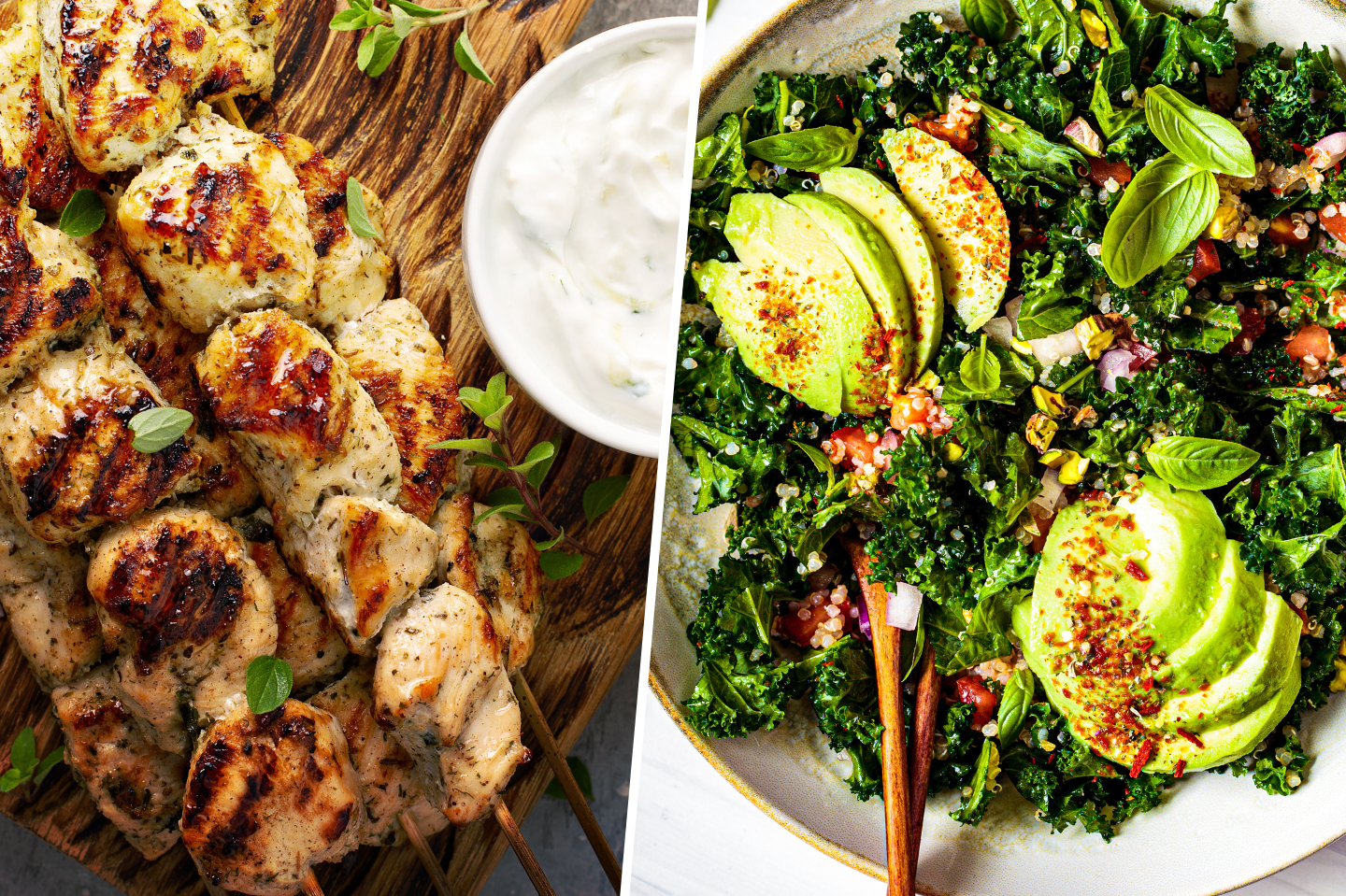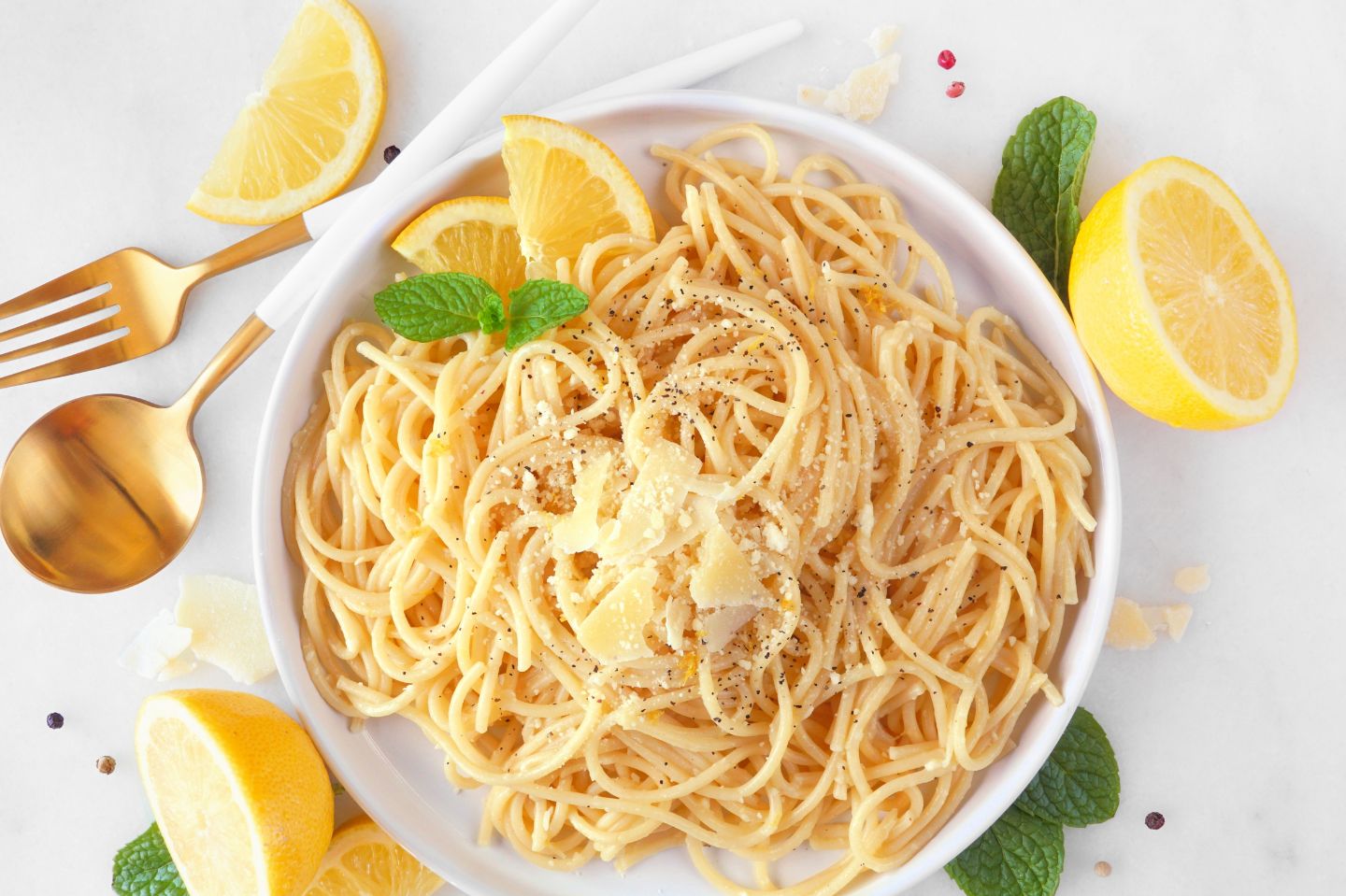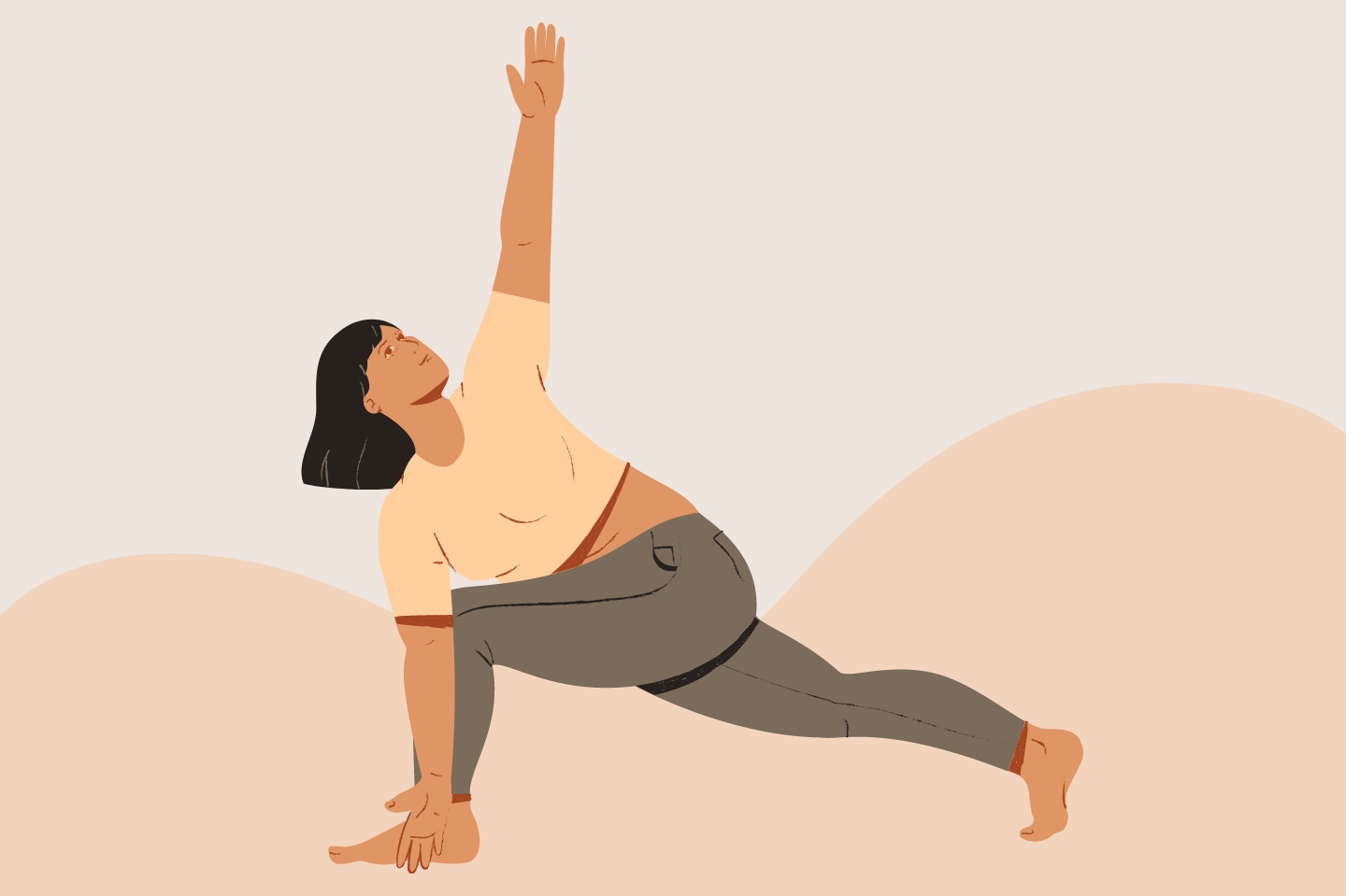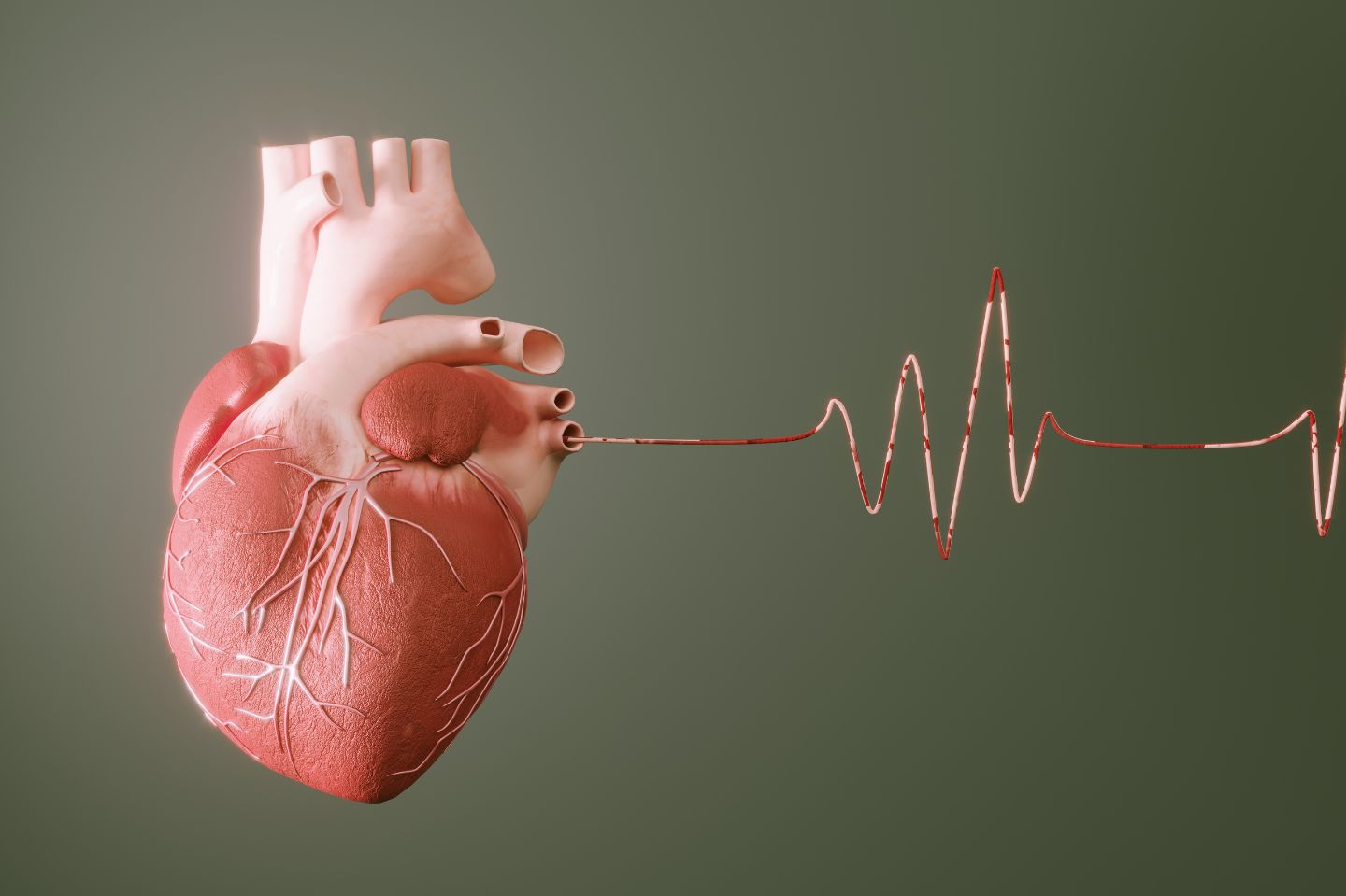Embarking on a transformative weight loss journey often involves exploring various diet plans. One such plan that has gained attention is the 3-Day Military Diet, promising a substantial weight loss of up to 10 pounds in just one week.
In this article, we delve into the intricacies of the Military Diet, examining its meal plans, potential drawbacks, and alternatives. Join us on a journey beyond the hype to uncover the facts and make informed choices about your wellness.
What Is the 3-Day Military Diet?

The 3-Day Military Diet, also known as the Army or Navy diet, is a short-term, low-calorie plan spanning seven days. Contrary to its name, it’s not affiliated with any military organization, and it’s a free plan requiring no additional purchases of supplements or shakes.
The core structure involves three days of restricted caloric intake, followed by four days of regular eating with a focus on moderation.
Meal Plans and Food Combinations
During the initial three days, participants consume around 1,400 calories or less, emphasizing specific food combinations believed to boost metabolism and facilitate fat burning. Sample meals include a variety of foods such as coffee, eggs, tuna, vegetables, and even vanilla ice cream. The diet recommends black coffee or tea at breakfast and lunch for added caffeine, with no snacks between meals during these three days.
Navigating the Seven-Day Cycle
After the initial three days, participants enjoy a four-day break from the strict meal plan, with no prescribed menus. The emphasis during this phase is on moderation, with a suggested daily caloric intake of around 1,500 calories. Following this cycle, individuals are free to return to a regular eating pattern or repeat the seven-day plan until their weight loss goals are achieved.
Day-to-Day Breakdown
We provide a detailed breakdown of the meal plans for each of the three days, outlining calorie counts and recommended foods. The article highlights the importance of adhering to portion sizes and monitoring caloric intake during the four-day break to maximize results.
Day 1: Embrace the Kickstart with 857 to 1,300 Total Calories
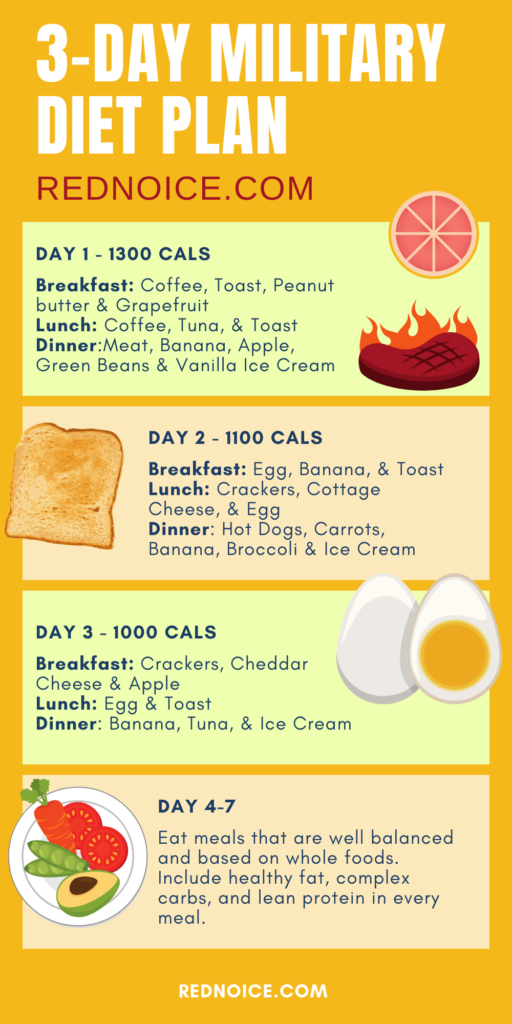
Gear up for the commencement of Day 1 on the Military diet.
Breakfast: Approximately 330 Calories
- 1 slice of whole-grain toast
- 2 tablespoons of peanut butter
- 1/2 grapefruit
- One cup of black coffee or tea without sugar or milk
Lunch: Around 180 Calories
- 1 slice of toast
- 1/2 cup of tuna
- One cup of black coffee or tea
Dinner: Totaling about 500 Calories
- 3 ounces of any type of meat
- One cup of green beans or a cup of broccoli
- 1 small apple
- 1/2 banana
- One cup of vanilla ice cream
Day 2: Navigate 973 to 1,100 Total Calories
Welcoming Day 2 of the Military diet. You’re almost there!
Breakfast: Approximately 330 Calories
- 1 slice of whole-grain toast
- 2 tbsp of peanut butter or 1 slice of cheddar cheese
- 1/2 banana
- One cup of coffee or tea
Lunch: Around 360 Calories
- 1 hard-boiled egg
- 1 cup of cottage cheese
- 5 saltine crackers
- One cup of coffee or tea
Dinner: Summing up to 565 Calories
- 2 hot dogs without a bun
- 1/2 cup carrots
- 1/2 cup broccoli
- 1/2 banana
- 1/2 cup of vanilla ice cream
Day 3: Achieve 719 to 1,000 Total Calories
Congratulations on reaching Day 3 of the Military diet. You’re done!
Breakfast: Approximately 270 Calories
- 1 ounce or a slice of cheddar cheese
- 5 crackers
- 1 small apple
- One cup of coffee or tea
Lunch: Approximately 153 Calories
- 1 slice of toast
- 1 hard-boiled egg
- 1 cup of carrots
- One cup of coffee or tea
Dinner: Totaling about 500 Calories
- 1 cup of tuna
- 1/2 banana
- 1 cup of broccoli
- 1 cup vanilla ice cream
Coffee or tea remains a permissible part of this diet as long as it’s devoid of calories, sugars, and milk products. Consider sipping on black coffee or tea between meals, especially since there are no snacks during the initial 3 days of the 7-day diet.
The Subsequent 4 Days
The final four days of the Military diet signify a reprieve with fewer restrictions than the initial days.
However, it is advisable to maintain a caloric intake below 1,500 calories per day. Achieve this by vigilantly monitoring portion sizes and opting for nutritious foods such as vegetables, lean meats and poultry, and whole grains. Aside from these guidelines, feel free to indulge in a variety of foods during the remaining days of the week.
What to Drink on the Military Diet
While following the Military Diet, it’s recommended to stay hydrated with water and unsweetened black coffee or tea. The plan prohibits sweeteners and most artificial sweeteners, emphasizing the importance of choosing low-calorie beverage options.
Flexibility Through Substitutions
The Military Diet allows for food substitutions based on dietary preferences, restrictions, or allergies. Whether swapping peanut butter for almond butter or opting for a vegetarian or vegan version, the key is maintaining the same caloric count. The article explores these alternatives to cater to a broader audience.
Evaluating the Effectiveness
Assessing the effectiveness of the Military Diet involves considering its short-term, rapid weight loss impact. The article highlights the potential pitfalls, such as water weight loss and muscle mass reduction, and questions the sustainability of these results without long-term lifestyle changes.
Scientific Basis and Lack Thereof
While the Military Diet claims to optimize metabolism through specific food combinations, the article critically examines the scientific basis of these assertions. It emphasizes the importance of a calorie deficit for weight loss and challenges the notion of a magic food combination that guarantees fat burning.
Considerations and Alternatives
The article concludes with a discussion of potential drawbacks, emphasizing the diet’s limited variety, high sodium content, and the risk of nutrient deficiencies. It encourages readers to explore sustainable, evidence-based alternatives that prioritize long-term health and wellness.
Expert Advice and Final Thoughts
Before embarking on any diet plan, including the 3-Day Military Diet, the article recommends consulting with healthcare professionals or registered dietitian-nutritionists. It underscores the significance of adopting healthy habits, focusing on whole foods, and incorporating physical activity for sustainable weight management.
By providing an in-depth exploration of the 3-Day Military Diet, its components, and potential implications, this article aims to equip readers with the knowledge needed to make informed decisions about their weight loss journey.




